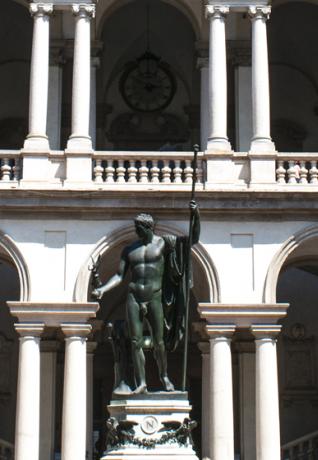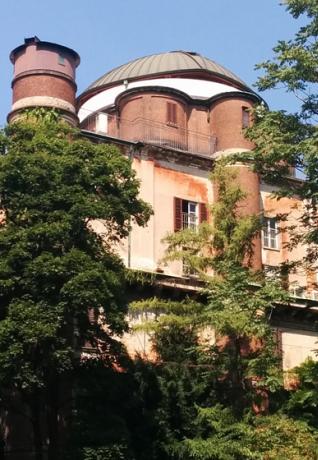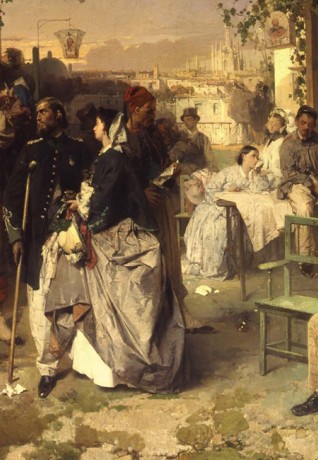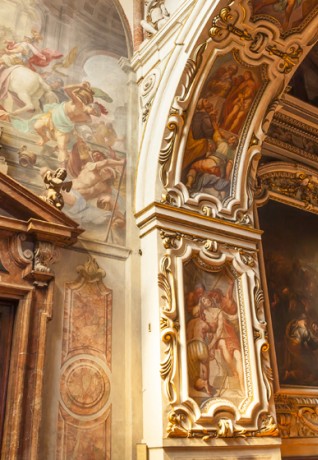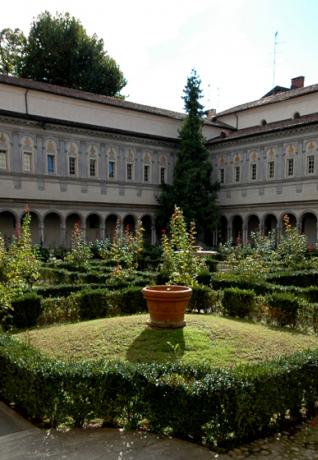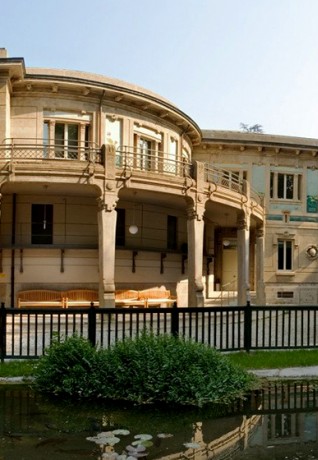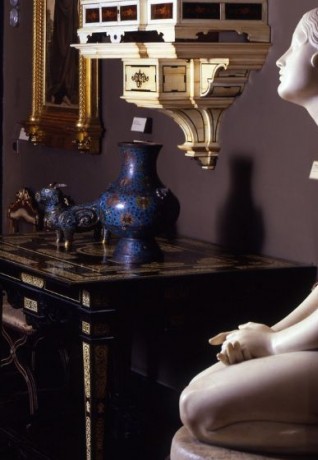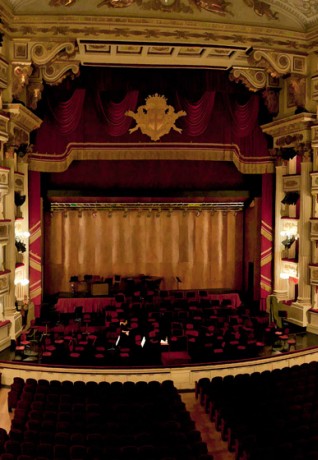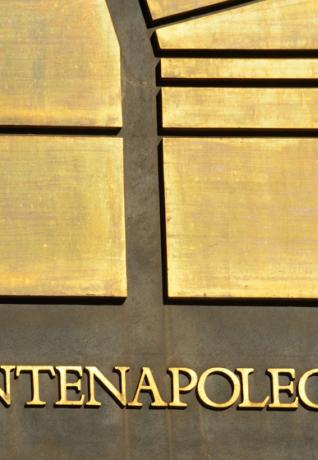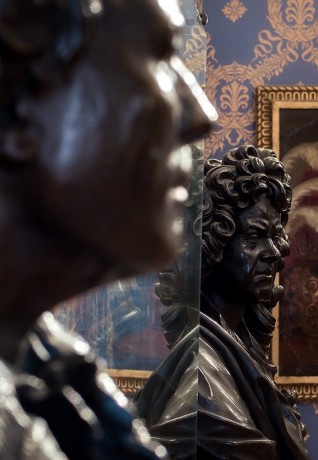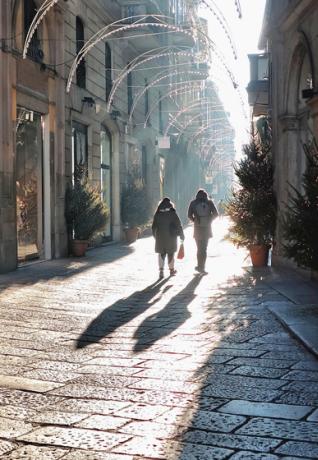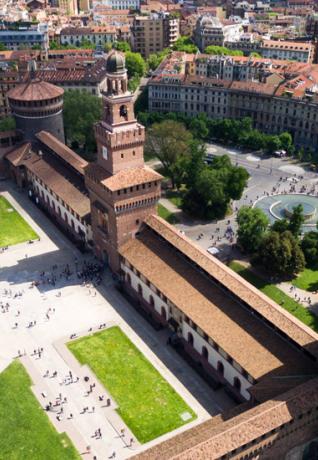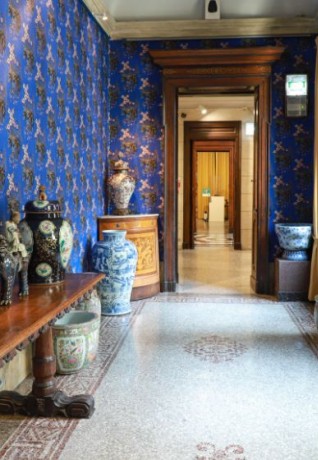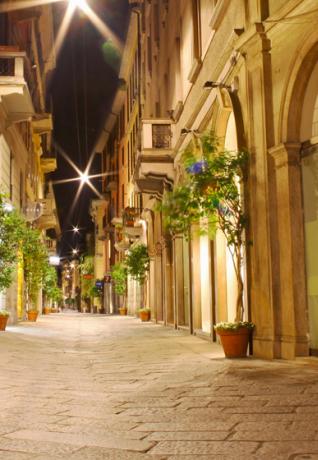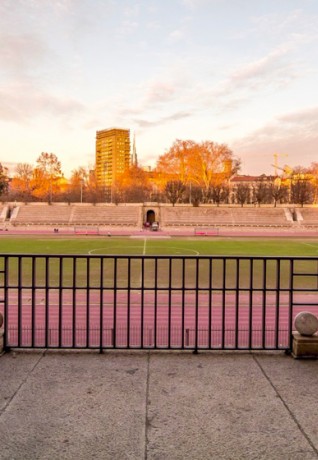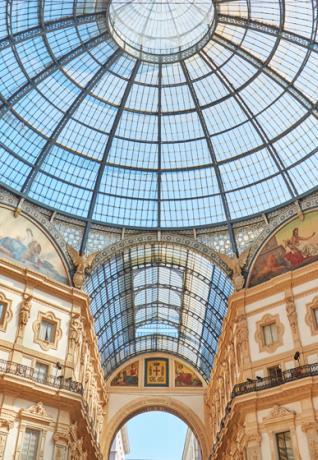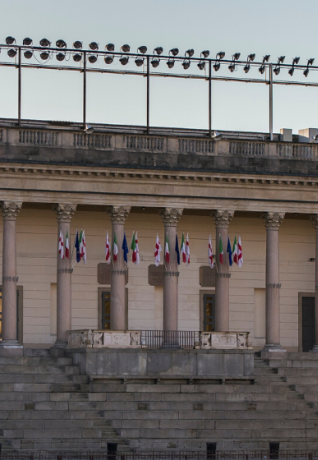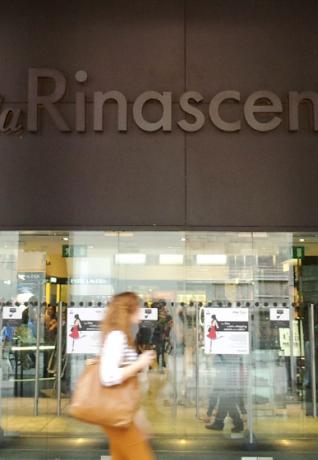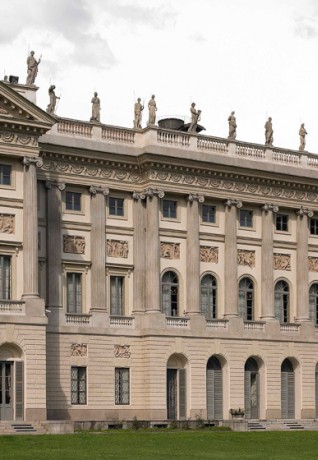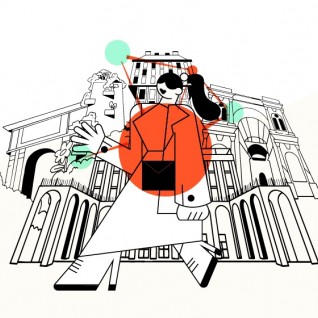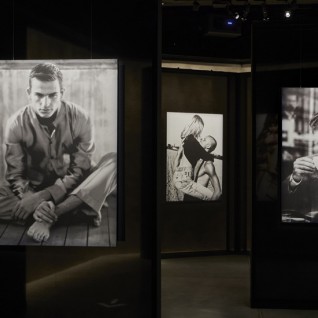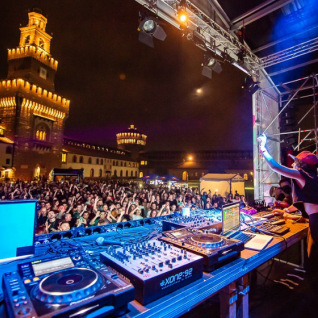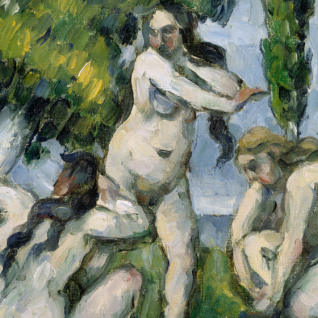Brera/Music
Visit the Pinacoteca di Brera with only 3 euros and live music
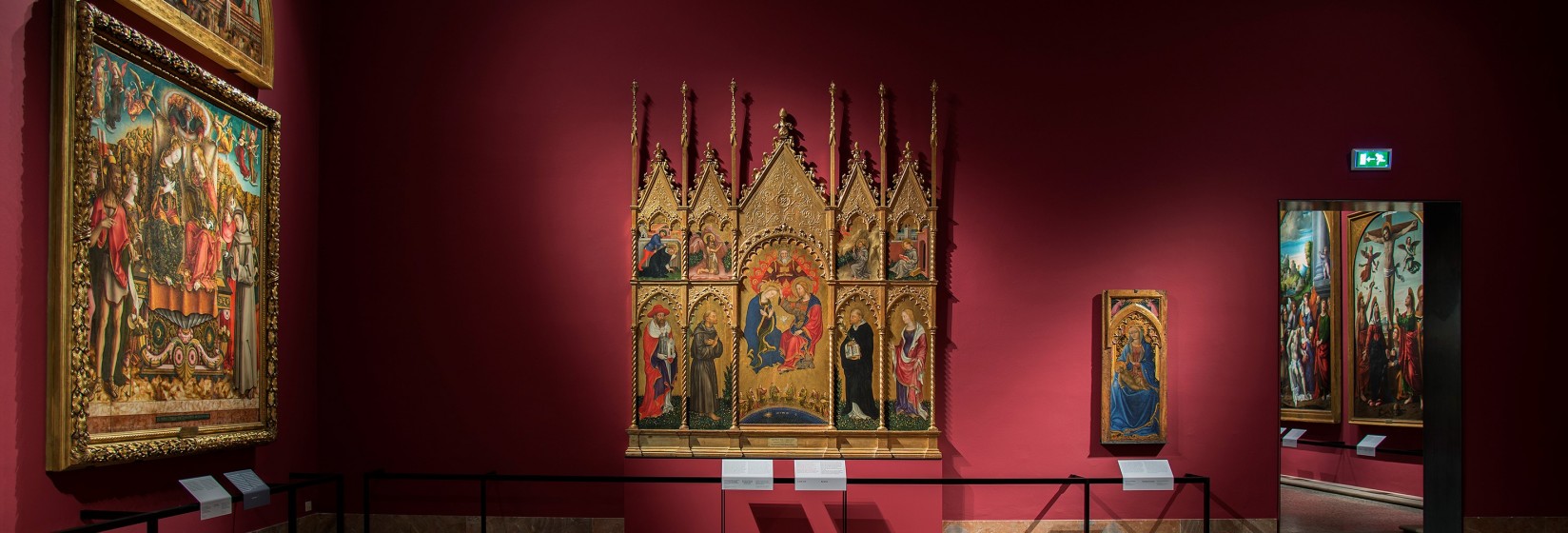
Third Thursday of the month, three euros, three hours of music.
The Pinacoteca di Brera, thanks to the collaboration of the British pianist Clive Britton, celebrates the dialogue between the arts and between the musicians and the public, with an extraordinary night with live music performed in the rooms of the Pinacoteca.
The unique collection of the Pinacoteca and the beautiful reorganized rooms with new colors, new lighting and new captions are waiting for you.
From 6.00 p.m. to 10.15 p.m. at 3 euro (ticket office closes 9.40 p.m.) the rooms of the museum will host musical performances by the young musicians of the “Civica Scuola di Musica Claudio Abbado”.

Opening times:
From 18.00 to 22.15 - Ticket office closes at 21.40

Ticket information:
Tickets cost 3€

Public transport:
Metro line 2 Lanza, Metro line 3 Montenapoleone Metro line 1 Cairoli
Bus: the nearest bus stops are via Monte di Pietà or via Pontaccio (route 61) and Foro Buonaparte (route 57)
Tram: the nearest stops are via Cusani (routes 1-2-12-14) and Lanza (route 4)
By Bike Sharing
BikeMi: bike-sharing service, stand no. 57 – Brera

Services:

Telephone


Official hashtag
Pyrigon “The study of drawings, the red room XVIII. A parallelism between the drawing, the study, the intimate room and a moment of reflection.
Feelings and reason stroll through the gardens in the evening, and wait for the dawn by candlelight. ... I made the Bass move at the time of those, more or less according to the affections.
So wrote Jacopo Peri, in 1600, and the poetic beauty of the image of a music embroidered like a precious lace around the voice of those who think, speaking alone wondering about own feelings, typical of lovers. Following this fil rouge, the viola da gamba proposes the melodies of famous love madrigals at the end of the 16th century
PROGRAM
Girolamo Dalla Casa, Anchor che col partire
Diego Ortiz, Recercada primera sobre O felici occhi miei
Giovanni Bassano, Ricercata terza
Diego Ortiz, Recercada primera sobre Doulce Memoire
"In his Histoire du Tango Piazzolla resembles the evolution of Argentine tango over the decades.
The bright colors that prevail in the painting by Gaudenzio Ferrari Martirio di Santa Caterina recall the dynamic vitality of Bordel 1900, a festive and very candid tango in which the rural imprint of the places where it was played comes out.
The context in which Café 1930 takes place is different, music is written in a more musical and romantic language, full of melancholy unusual for this genre and a sensuality that goes well with the depictions of Venus by Boccaccino and Peterzano (room XV).
In Paganini's Cantabile the elegant movement, reveals a seductive intention that can similarly be perceived in the figures of the two satyrs in the presence of the Peterzanian Venus.
The piece develops on a unanimous dialogue and a common tendency to the absolute: violin and guitar come together in a speech lived with complicity until it ends in the candid and calm tone of a sunset after an eternal afternoon of sun, almost heartbreaking. Likewise,the human gaze of the saints in the Boccaccinian painting Madonna with the Child in Glory and Saints Bartolomeo, Giovanni Battista, Alberto and Gerolamo (room XV) converge on the elevated figure of the Madonna, which cathartically envelops them in a seraphic atmosphere of peace. Mysticism and spirituality instead leak from Vincenzo Campi's San Francesco with stigmata (room XV), which is well accompanied by Entr'acte, a piece by the twentieth-century French composer Ibert: an engaging exotic charm generates ecstasy, in a religious combination of adventure and medieval contemplation.
In Le Duo pour Guitare et Violon op. 35 of the Parisian Gatayes, an almost playful energy merges with a very loose and solemn songwriting, from whose union and juxtaposition a dynamic dialogue originates. It is precisely the meeting of contrasting characters that shapes a sense of balance, as in the case of the Madonna and Child with Saints John the Evangelist and Michael by Giovanni Ambrogio Figino (room XV), where opposites coexist harmoniously within a shared space, canceling each other out , flowing into each other,)
Cima da Conegliano, Saint Peter martyr with Saints Nicholas of Bari and Benedict (room VIII).
“Rachmaninov, in his music, in his biography and in his personality, is very reminiscent of St. Peter the martyr, at least as he is represented by Cima da Conegliano: an austere and authoritative figure who brings traces of pain in his gestures and bearing.
A man who does not need to speak to communicate: Rachmaninov, the dark and silent man, the 'two-meter giant', as Stravinsky would remember him, who 'showed up at my house carrying honey, and then kept silent', the composer of a prelude that expresses better than a thousand words his existential turmoil, his eternal feeling in exile, in the conception so dear to the now decadent romantic movement.
A disturbance that will end only with the death of music, just as for the composer the tragic tension of life will end only with the cessation of life itself. And, looking back on the pains suffered by the Dominican martyr, how can we not find confirmation in the dramatic Sonata, which reaches a moment of glory and certainty only in the last two chords, after twenty minutes of music that alternates a tragic, or at least dramatic, awareness of moments of hope, punctually, however, severely tested? The music of the Russian composer and Cima's work illustrate each other, each one helps the understanding of the other: united, the two authors fathom human restlessness with incredible depth, which for both ends in glory, after numerous travails ".
PROGRAM
Sergei Vasil'evič Rachmaninov, Prelude in C sharp minor op. 3 no. 2 Sonata in B flat minor op. 36 (1931 version)
"The program begins with the Etude-tableaux op. 33 no. 6 by Sergei Rachmaninov (1873-1943), author of Russian nationality, naturalized in the United States. In Rachmaninov, defined by most music critics as the 'last romantic', there is a romantic languor and an unmistakable melody.
It continues with the piano sonata no. 2 op. 35 by Fryderyk Chopin (1810-1849), author of Polish nationality. A great master of romantic music, he is called the 'poet of the piano', whose poetic genius is based on a professional technique unmatched in his generation. Influences on his compositional style include Polish folk music, the classical tradition of Bach, Scarlatti, Mozart, Beethoven and Schubert. His innovations in style, harmony and the association of music with patriotism were influential throughout the romantic period and also later. At the age of twenty, following the Russian repression of the "November Uprising", he left his homeland and moved to Paris. The distance from his family, the situation of his beloved country, precarious health were for him reason of great sadness and melancholy, feelings transfused in the musical compositions that show the two souls of the artist: the limpid, dreamy, melancholic, and the blacker and at times desperate. The four movements that make up opera 35 produced in the years 1837-1839 reflect the latter. The first (serious-double movement), the second (joke), and the fourth movement (soon) were built around the third movement: the funeral march, the fulcrum, the soul of the entire work.
A sort of poem of death. At the end of the execution, both those who play and those who listen find themselves dumbfounded, as oppressed by a sense of dramatic impotence. The same feeling felt before the dead Christ in the sepulcher and three mourners (room VI) that Mantegna has represented in such a ferociously dramatic, so extraordinarily human way. In conclusion, the Transcendental Study n. 10 'Passionate' by Franz Liszt (1811-1886), author of Hungarian nationality. He is considered one of the greatest virtuosos of the nineteenth century, if not of all time. Tireless composer, he paved the way for the symphonic poem, in which music becomes a narrative medium and describes scenic moments. He was very close to Chopin, whom he admired. The piece that I will perform is part of the 12 Transcendental Studies whose main theme is a clear homage to the Studio op. 10 no. 9 by Chopin, in the same key in F minor ".
PROGRAM
Sergej Vasil'evič Rachmaninov, Étude-tableaux op. 33 n. 4
Fryderyk Chopin, Sonata n. 2 op. 35
Franz Liszt, Studio trascendentale n. 10

 Log in
Log in





